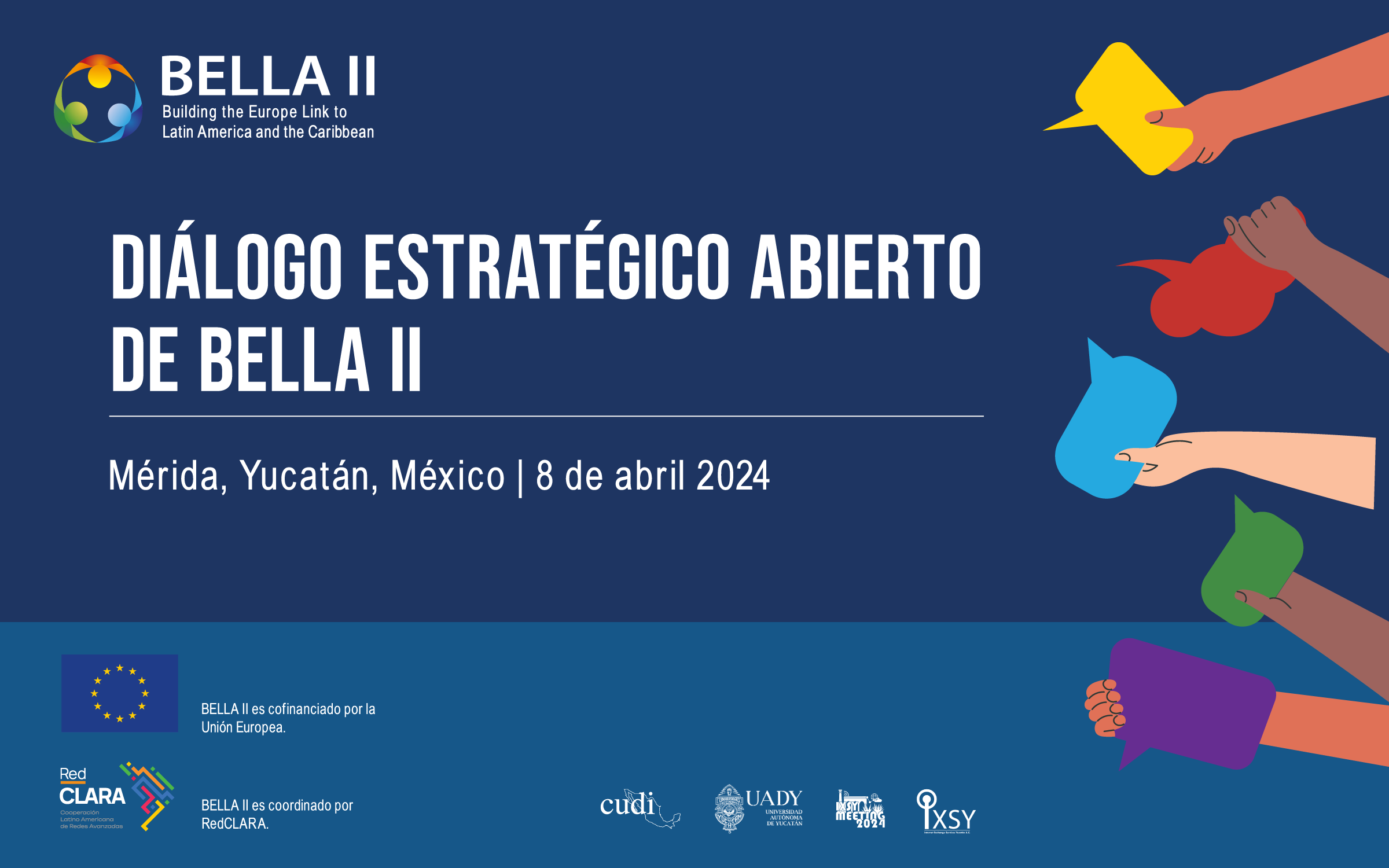Copernicus Regional Center in Chile: real-time data management to overcome global challenges
- Seg RedCLARA
As part of the new Digital Alliance between the European Union and Latin America, the Copernicus Regional Center for Earth Observation was introduced. This initiative aims to strengthen the Copernicus Data Repository developed in Chile, extending its services to all of Latin America and the Caribbean (LAC).







